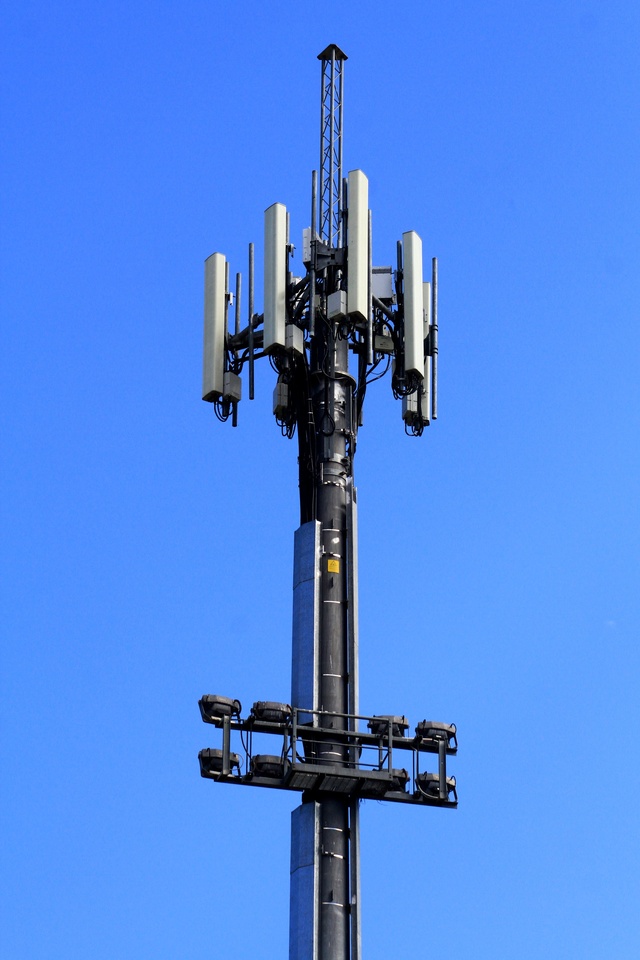
By Mikayla van Loon
A recently completed Kilsyth telecommunications tower has marked the halfway milestone in a state-wide mobile upgrade program.
More than 725 mobile and internet projects are now completed across the state as part of the State Government’s Connecting Victoria program.
The TPG mobile tower in Kilsyth will provide more than eight kilometres squared of improved 4G and 5G coverage to over 4350 households.
“TPG Telecom is proud to support the continued improvement of essential mobile services in the Yarra Ranges and to have reached the important halfway mark on the Connecting Victoria project,” TPG Telecom General Manager Wireless Access Networks David Yeo said.
It was just one of dozens of projects announced for the Yarra Ranges initially in 2022, with two now completed in Kilsyth and a further seven still to be delivered.
Two mobile tower projects have also been completed in Mooroolbark, with six still in progress; five towers are in progress in Montrose; 15 are yet to be completed in Mount Evelyn; four mobile towers are coming to Lilydale and two in Chirnside Park.
At the time of announcement, the government intended to build 309 new mobile towers, upgrade 492 existing towers to 5G, adapt 170 towers to be used by multiple telco providers and make 137 towers more resilient during natural disasters by 2026.
Telecommunication companies Axicom, ENE.HUB, Optus, Telstra and TPG Telecom, alongside infrastructure company Indara, were engaged to deliver the projects.
“Through partnerships with government, mobile network operators, and local councils, we’re thrilled to accelerate a digitised future for Victorian communities by delivering the critical infrastructure across the state,” Indara interim chief executive officer Michael Ferguson said.
In 2022, Dr Peter Brennan, who has advocated for telecommunications resilience in the area and previously worked with Connecting Victoria to identify mobile black spots, told Star Mail the announced mobile towers would help alleviate issues plaguing the area.
“It’s a triad of approaches, there are three things that need to be done and thought about, they are in a sense connected necessities: our telecommunications, internet/NBN and the stability of the electricity supply,” he said.
“This is a big step forward for telecommunications coverage; it may not be 100 per cent coverage but let’s hope it will get a lot better.”
At the time, loss of power to mobile base stations and pre-existing mobile black spots were highlighted as two key vulnerabilities during the 2019-2020 bushfires in an independent review, while the June 2021 storm weather event created the largest power outage in Victorian history, with 3000 people in the Dandenong Ranges losing power for three weeks according to a report by Emergency Management Victoria.
Since then, the Yarra Ranges has experienced further storms and outages, the most severe being 13 February 2024.
At the peak of the power outage across the state, 530,000 homes and businesses were without power and over 250,000 of those were AusNet customers.
Two days after the brunt of the storm, telecommunications towers were still down, leaving people frustrated and without access to phone or internet.
Premier Jacinta Allan said at the time it was reasonable to question if telcos should have more batteries and generators around towers as backup power sources for severe weather events.
“The reality is everyone relies on their mobile phone. Very few people have a landline,” the premier said.
“This has really emerged strongly out of this event this week as something that needs much greater focus and attention at both levels of government, but also the telecommunications companies have to come to the table with solutions.”
Following the February storm Monbulk MP Daniela De Martino started a petition calling on telcos to Power the Towers, as well on the Federal Government to mandate uninterrupted power supply through legislation.
“From a State Government perspective we are doing what we can, but telecommunications is ultimately a federally-regulated commercial industry,” Ms De Martino said in a column supplied to Star Mail.
“While government intervention is crucial, Victorian taxpayers can’t continue to plug the holes where others won’t step up.
“Ensuring telecommunications resilience is the responsibility of telecommunications companies.”
The over $500 million Connecting Victoria program was designed to reduce connectivity gaps across the state, with the remaining half of the projects to be delivered over the next two years.
“Communities across Victoria need reliable coverage to stay connected with family, work and study – that’s why we’ve completed over 725 mobile and internet projects across the state, with hundreds more on the way,” government services minister Natalie Hutchins said.






